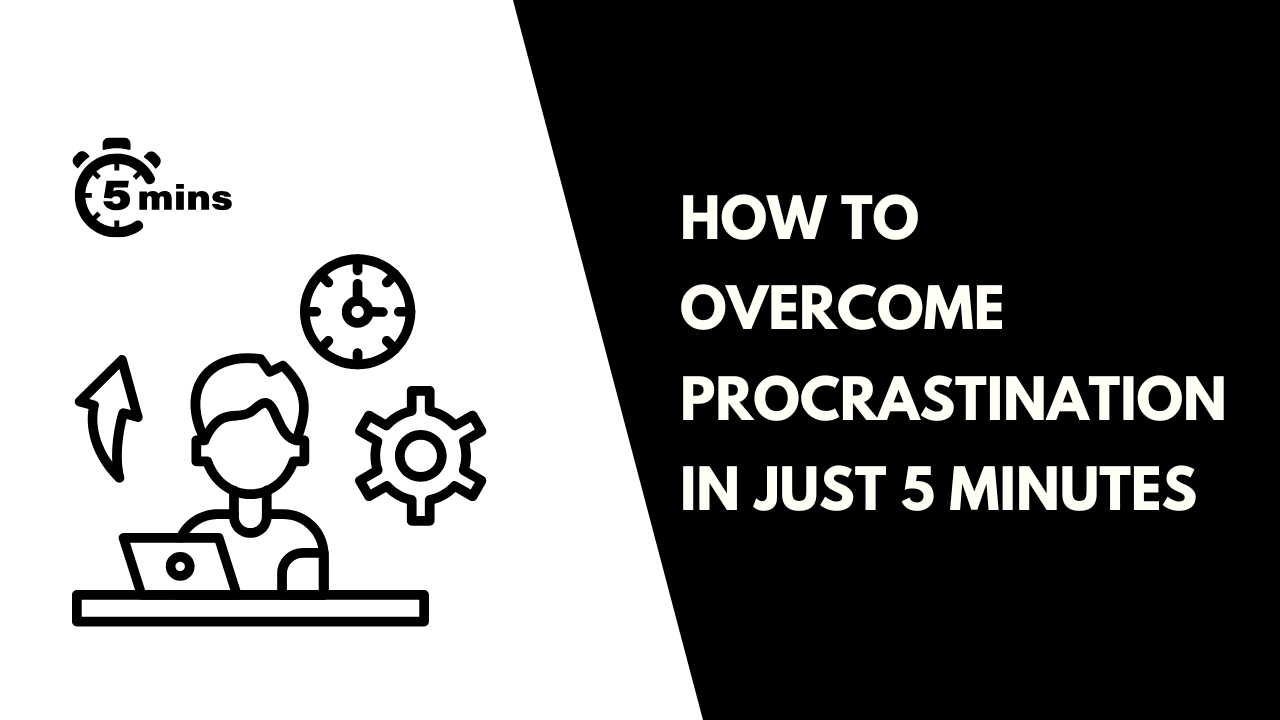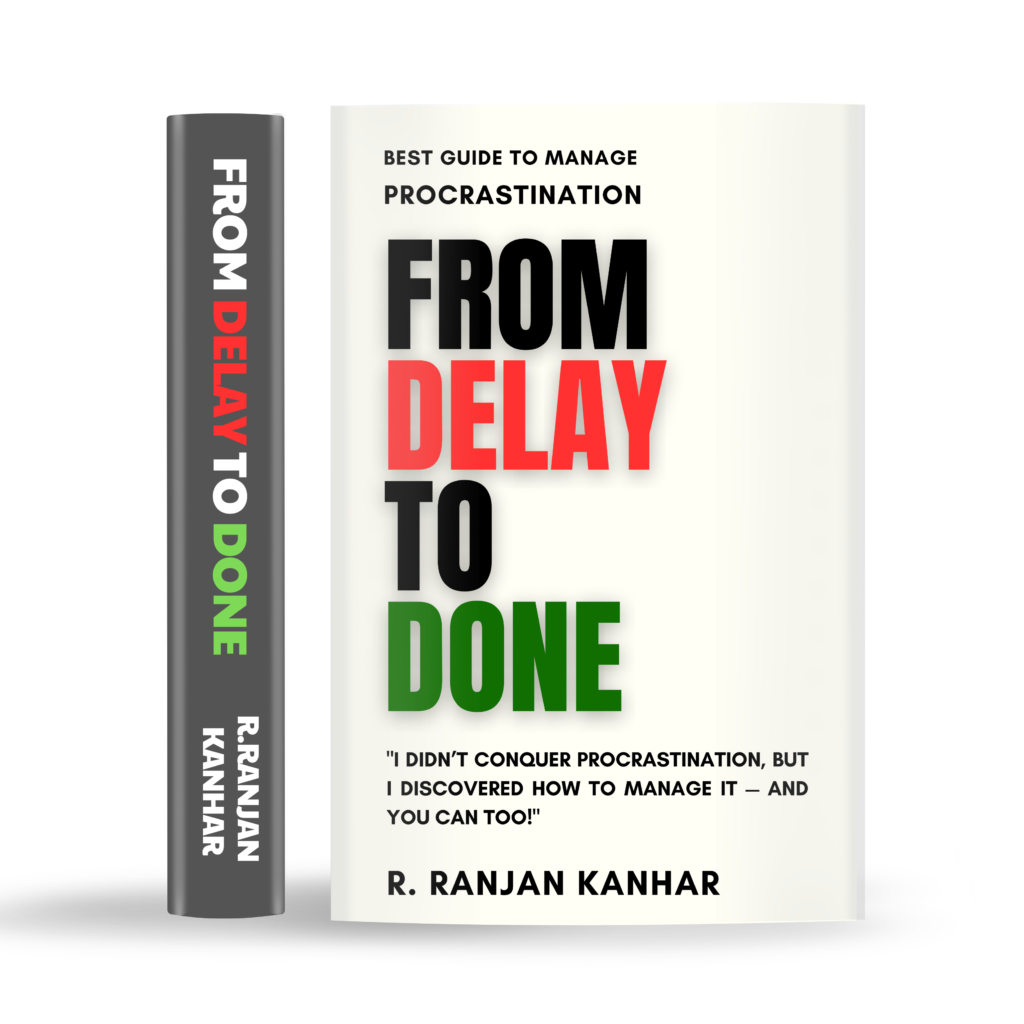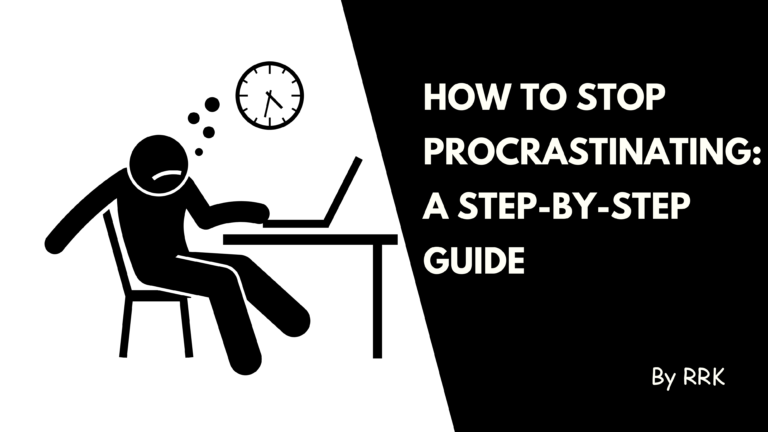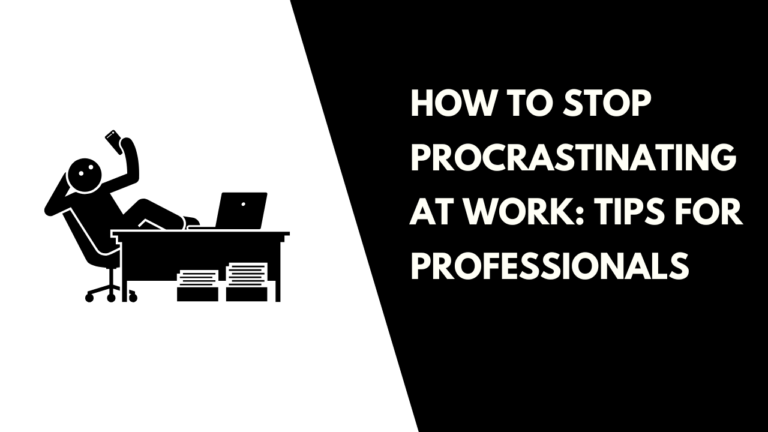How to Overcome Procrastination in Just 5 Minutes
How to Overcome Procrastination in Just 5 Minutes
Procrastination is a universal struggle that can derail productivity and leave you feeling stuck. The good news? You can begin to overcome it in just five minutes. In this guide, we’ll walk you through a step-by-step process to tackle procrastination using simple, practical strategies. By the end, you’ll not only understand how to get started but also build momentum to keep going. Let’s dive into each stage with detailed explanations and examples.
Table of Contents
Toggle1. Understand the Root Cause of Procrastination
Procrastination isn’t laziness—it’s often a response to deeper emotional or mental blocks. Identifying why you’re putting off a task is the first step to overcoming it.
Common Reasons for Procrastination
- Fear of Failure: You’re afraid of not doing the task well enough, so you avoid it altogether.
- Feeling Overwhelmed: The task feels too big, so starting seems impossible.
- Lack of Motivation: You don’t see the immediate benefit or purpose of the task.
- Perfectionism: You want everything to be perfect, which makes beginning daunting.
Self-Reflection Exercise
Take a moment to ask yourself:
- Why am I avoiding this task?
- What emotions come up when I think about it?
- Is it fear, boredom, or confusion?
Example:
Imagine you’ve been procrastinating on writing a work report. Upon reflection, you realize the task feels overwhelming because it’s lengthy, and you’re unsure how to start. Identifying this is the key to addressing it.
2. The 5-Minute Rule: Break the Ice
The 5-minute rule is a powerful way to trick your brain into starting. It’s simple: commit to working on the task for just five minutes. Once you begin, it’s easier to keep going.
Why It Works
- Reduces Mental Resistance: The thought of “just 5 minutes” feels manageable and removes the fear of a massive time commitment.
- Builds Momentum: Starting often leads to continuing.
- Engages the Brain: Once you’re involved, the task feels less daunting.
Real-Life Application
Let’s say you’ve been avoiding cleaning your cluttered desk. Tell yourself, “I’ll organize just one drawer for five minutes.” Once you start, you may feel motivated to organize more.
3. Break Down the Task into Tiny Steps
Procrastination thrives on overwhelm. Breaking a task into smaller, actionable steps makes it feel achievable.
How to Chunk Tasks
- Write Down the Goal: Clearly define what you need to do.
- Divide into Steps: Break the goal into the smallest possible actions.
- Focus on One Step: Pick just one step to start with.
Example:
You need to write a 10-page report. Instead of tackling the whole document, break it down:
- Create an outline.
- Write the introduction.
- Focus on one section at a time.
For the first five minutes, commit to outlining the report. Once you have an outline, the rest feels more manageable.
4. Set a Timer and Eliminate Distractions
A distraction-free environment is crucial for focus, especially during your first 5 minutes.
Steps to Minimize Distractions
- Turn Off Notifications: Silence your phone or put it in another room.
- Clear Your Workspace: Remove unnecessary clutter.
- Use Focus Tools: Apps like Pomodoro timers or productivity blockers can help.
Setting a Timer
Use a timer to create a sense of urgency. Knowing the timer is running encourages you to focus solely on the task.
Example:
Suppose you need to draft an email you’ve been avoiding. Set a 5-minute timer, close all unrelated tabs, and focus entirely on writing. You’ll likely find the email is done before the timer ends.
5. Reward Yourself After 5 Minutes
Rewards can be a powerful motivator, especially for tasks that feel tedious or unenjoyable. Associating productivity with positive outcomes makes you more likely to repeat the behavior.
Types of Rewards
- Small Rewards: Enjoy a snack, stretch, or take a short walk.
- Intrinsic Rewards: Feel the satisfaction of making progress.
How to Reinforce the Habit
- Acknowledge your effort, even if it’s small.
- Pair the reward with positive self-talk, such as, “I’m proud of myself for starting.”
Example:
After spending five focused minutes drafting an email, reward yourself with a break to watch a funny video or sip your favorite drink.
6. Scale Up After the First 5 Minutes
Starting is often the hardest part, but once you’ve overcome that barrier, momentum kicks in. Many people find that they naturally want to continue after the initial 5 minutes.
Why Scaling Up Works
- Engagement: Once you’re immersed, the task feels less intimidating.
- Motivation Builds: Completing one small step encourages you to tackle the next.
Set Progressive Goals
- After the first 5 minutes, aim for 10 more.
- Gradually increase your work intervals to build sustained focus.
Example:
Imagine you’ve started organizing one drawer of your desk. After 5 minutes, you feel accomplished and decide to tackle another drawer. Before you know it, the entire desk is organized.
7. Practical Tips to Stay Consistent
Overcoming procrastination isn’t a one-time fix—it requires building consistent habits.
Plan Ahead
- Use a to-do list to prioritize tasks each day.
- Break larger projects into daily, actionable goals.
Accountability
- Share your goals with a friend or colleague.
- Use accountability apps or join productivity groups for support.
Shift Your Mindset
- Focus on progress, not perfection.
- Celebrate small wins to maintain motivation.
Example:
If you’re consistently procrastinating on exercising, schedule a 5-minute workout daily. Over time, it becomes a habit, and you’ll naturally increase the duration.
8. Demonstrating the Process: A Practical Example
Let’s walk through an example of using these steps to overcome procrastination on a task: preparing a presentation.
Step 1: Understand the Root Cause
- Reason for procrastination: Fear of failure and uncertainty about where to start.
Step 2: Apply the 5-Minute Rule
- Commit to spending 5 minutes brainstorming slide ideas.
Step 3: Break Down the Task
- Create a checklist:
- Brainstorm key points.
- Draft slides for the introduction.
- Add visuals to slides.
Step 4: Set a Timer and Eliminate Distractions
- Use a timer and work in a quiet space, free from notifications.
Step 5: Reward Yourself
- After brainstorming for 5 minutes, reward yourself with a short coffee break.
Step 6: Scale Up
- Realize you’re already in the flow and decide to spend 10 more minutes drafting slides.
Step 7: Stay Consistent
- Repeat the process the next day to complete the presentation in manageable chunks.
Conclusion
Procrastination doesn’t have to be a permanent roadblock. By understanding its root causes and taking small, deliberate actions—like committing to just 5 minutes—you can transform overwhelming tasks into manageable ones. The 5-minute rule, combined with breaking tasks into steps, eliminating distractions, and rewarding progress, creates a powerful framework for building momentum and staying consistent.
Take action today. Choose a task you’ve been avoiding, set a timer for 5 minutes, and start. You’ll be amazed at what you can accomplish with just a small commitment. Remember: starting is half the battle, and success begins with that first step.
“Stop postponing your dreams! From Delay to Done is your ultimate guide to conquering procrastination. Grab your copy today on Amazon!







